Stars, Galaxy Clusters, and More: Scientists Successfully Capture the X-Ray View of the Known Universe
The scientific community has compiled a comprehensive X-ray catalog containing more than 900 celestial objects using the Spektr-RG space telescope developed through Russian-German collaboration, shedding light on the depths of the universe. These significant findings were detailed in a research published in the Astronomy and Astrophysics scientific journal. Details below. 👇
The eROSITA X-ray telescope, designed by the Max Planck Institute in Germany and installed on the Spektr-RG space station through Russian-German collaboration, has mapped a wide-ranging X-ray chart of the universe.
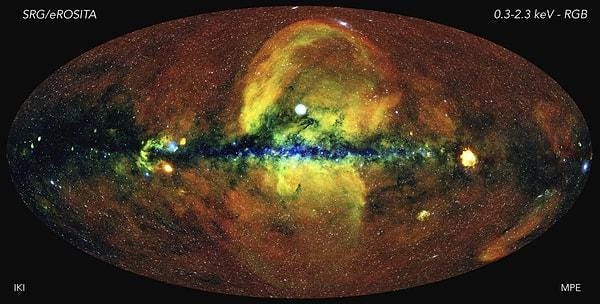
This comprehensive catalog, named eROSITA All-Sky Survey, includes 900 thousand celestial objects, with 710 thousand of them located in distant galaxies containing supermassive black holes. Additionally, 180 thousand stars emitting X-rays in our Milky Way galaxy and 12 thousand galaxy clusters were observed in this study. Scientists also recorded supernova remnants, pulsars, and various other celestial bodies.
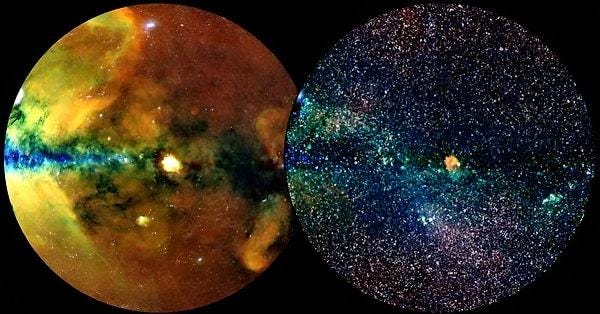
This study, increasing the number of known X-ray sources by 60%, has created the largest archive in X-ray astronomy to date.
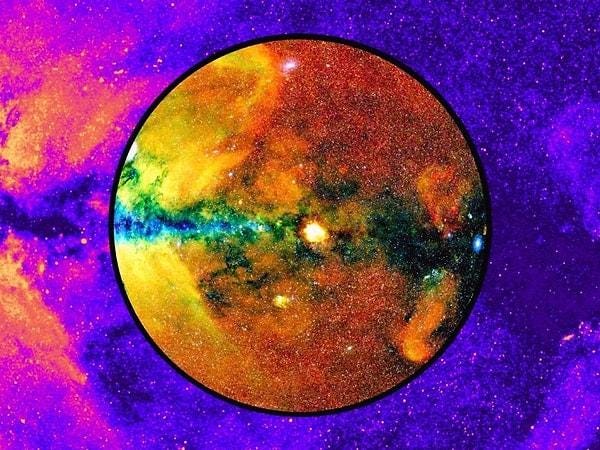
Lead researcher Andrea Merloni emphasized the magnitude of the obtained data, stating that they have surpassed the data collected over 25 years by previous missions like XMM-Newton and Chandra in just six months.
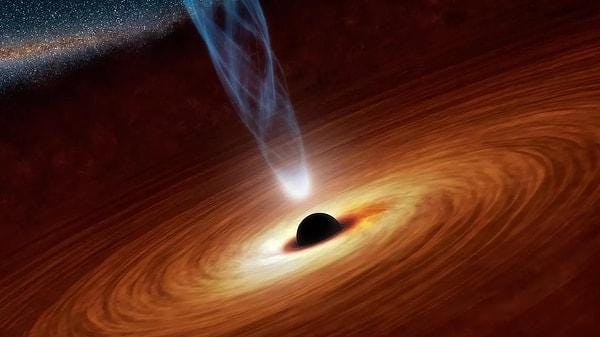

To analyze the data obtained by eROSITA, the research team developed specialized software. Researcher Miriam Ramos-Veja noted the significant effort put into publishing the software with these high-quality data, expressing that this study will create a valuable database for scientists.
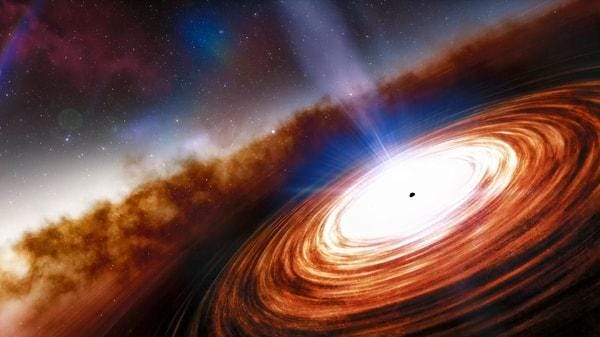
Yorumlar
Yorum Gönder